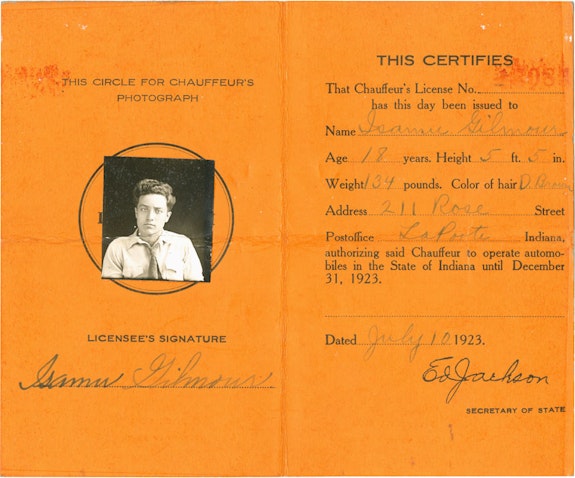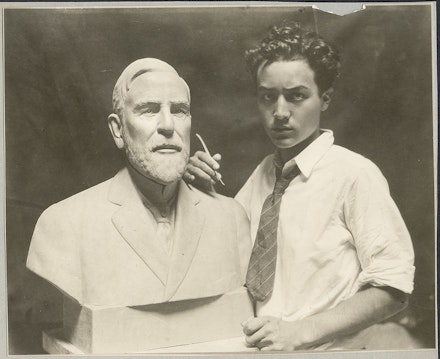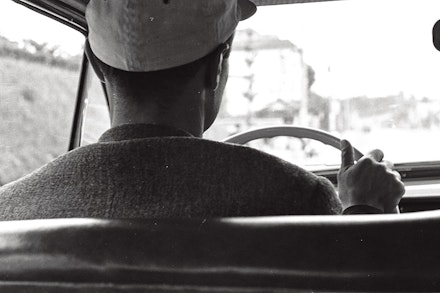Verbatim
Isamu Noguchi: Driven to Create
The peripatetic early life of Isamu Noguchi did much to shape his development as a diverse and ambitious artist. He was born in 1904 in Los Angeles to the writer Yone Noguchi, of Japan, and Leonie Gilmour, an American who edited his work; his mother moved with him to Japan two years later with the intention that Isamu would benefit by growing up in the orbit of his father. Instead Yone married another woman, and Leonie raised the boy alone. By 1912 Isamu and Leonie had settled in Chigasaki, on the central eastern coast, where he attended Catholic school, and in 1916 moved to an English-speaking community in nearby Yokohama. Here, Isamu never completely assimilated, recalling, “I became a stranger to myself, a stranger in the land.”1
Around that time, Leonie read about the Interlaken School, a preparatory academy near the small village of La Porte, Indiana. The school was founded by the industrialist Edward Rumely, who admired progressive schools in Germany and Switzerland; its motto, “Knowledge through Experience,” reflected a philosophy of hands-on, active learning. This suited the young Isamu, whose artistic leanings were already in bloom, and he flourished at Interlaken, where he arrived in 1918 after a solitary, three-week journey. Under the immediate care of Rumely’s family and close friends, he worked odd jobs, and quickly refashioned himself as a Hoosier: “I had a Japanese childhood, but an American boyhood, with a paper route and all those things.”2
In the years immediately following his time at Interlaken, Isumu apprenticed with the sculptor Gutzon Borglum, and moved to New York City, living alternately with his mother, who had saved enough to return from Japan, and the Rumely family. Advised that he might do well as a physician, he enrolled at Columbia University, but his experience as a medical student proved unsatisfying. After his first semester, he returned in the summer of 1923 to La Porte to work as a chauffeur to Emmett Scott, Mrs. Rumely’s father and former mayor of the town. As his Indiana chauffeur’s license notes, at this time he called himself Isamu Gilmour. The following year Emmett Scott died, and the Rumely family commissioned from Isamu a portrait bust of Scott. Although conservative and academic in style, it heralds the devotion to art making that would consume him for the remainder of his life. That year he also assumed his father’s last name “in an effort at righting something wrong in myself, in my work, a lack of identity between what I was and what I could or should be.”3
Endnotes
- Herrera, Hayden, Listening to Stone: The Art and Life of Isamu Noguchi. New York: Farrar, Straus and Giroux, 2015.
- Herrera.
- Herrera.
Verbatim is supported by the Richard Pousette-Dart Foundation.




